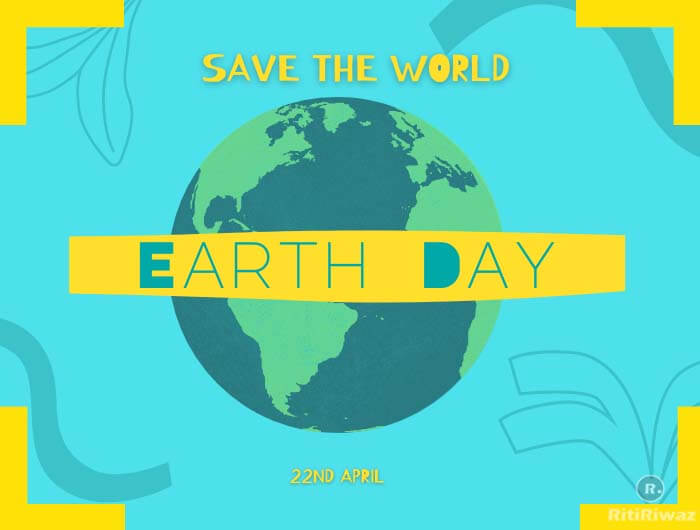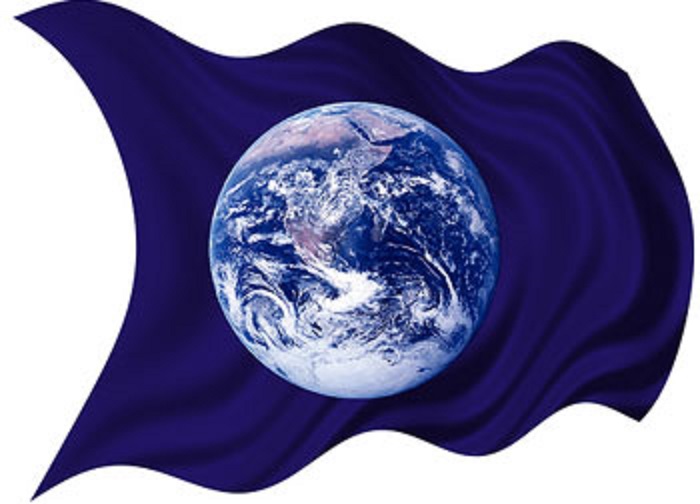Earth Day – April 22

Earth Day is an annual event held to demonstrate support for environmental protection. Founded in 1970 is now a worldwide event and sometimes extended into Earth Week, which involves full seven days of the week to be focused on the environmental issues that the world faces.
History
The idea for a national day to focus on the environment came to Earth Day founder Gaylord Nelson, then a U.S. Senator from Wisconsin, after witnessing the ravages of the 1969 massive oil spill in Santa Barbara, California. Inspired by the student anti-war movement, he realized that if he could infuse that energy with an emerging public consciousness about air and water pollution, it would force environmental protection onto the national political agenda.
Senator Nelson announced the idea for a “national teach-in on the environment” to the national media; persuaded Pete McCloskey, a conservation-minded Republican Congressman, to serve as his co-chair; and recruited Denis Hayes from Harvard as national coordinator. Hayes built a national staff of 85 to promote events across the land. April 22, falling between Spring Break and Final Exams, was selected as the date.
As 1990 approached, a group of environmental leaders asked Denis Hayes to organize another big campaign. This time, Earth Day went global, mobilizing 200 million people in 141 countries and lifting environmental issues onto the world stage. Earth Day 1990 gave a huge boost to recycling efforts worldwide and helped pave the way for the 1992 United Nations Earth Summit in Rio de Janeiro. It also prompted President Bill Clinton to award Senator Nelson the Presidential Medal of Freedom (1995)—the highest honor given to civilians in the United States—for his role as Earth Day founder.
On April 22, 1970, 20 million Americans took to the streets, parks, and auditoriums to demonstrate a healthy, sustainable environment in massive coast-to-coast rallies. Thousands of colleges and universities organized protests against the deterioration of the environment. Groups that had been fighting against oil spills, polluting factories and power plants, raw sewage, toxic dumps, pesticides, freeways, the loss of wilderness, and the extinction of wildlife suddenly realized they shared common values.
Earth Day 1970 achieved a rare political alignment, enlisting support from Republicans and Democrats, rich and poor, city slickers and farmers, tycoons, and labor leaders. By the end of that year, the first Earth Day had led to the creation of the United States Environmental Protection Agency and the passage of the Clean Air, Clean Water, and Endangered Species Acts. “It was a gamble,” Gaylord recalled, “but it worked.”

The significance of April 22
Nelson chose the date to maximize participation on college campuses for what he conceived as an “environmental teach-in “. He determined the week of April 19–25 was the best bet as it did not fall during exams or spring breaks.
Moreover, it did not conflict with religious holidays such as Easter or Passover and was late enough in spring to have decent weather. More students were likely to be in class, and there would be less competition with other mid-week events—so he chose Wednesday, April 22.
The day also fell after the anniversary of the birth of noted conservationist John Muir. The National Park Service, John Muir National Historic Site, has a celebration every year on or around Earth Day (April 21, 22, or 23rd), called Birthday-Earth Day, in recognition of Earth Day and John Muir’s contribution to the collective consciousness of environmentalism and conservation.
Suggested Read: World Heritage Day
Earth Day Today
The theme for Earth Day 2023 was “INVEST IN OUR PLANET”, focusing on the effects of climate change on the planet that we all share and what efforts are being made in the real world to mitigate it.
As the millennium approached, Earth Day Network has agreed to spearhead another campaign, this time focused on global warming and a push for clean energy.
In preparation for Earth Day on April 22nd, Earth Day Network has launched five toolkits to encourage and inspire local leaders to engage their communities in environmental activism. In line with the theme, Environmental, and Climate Literacy, teach-ins will be held simultaneously around the world as a tribute to the first Earth Day in 1970.






